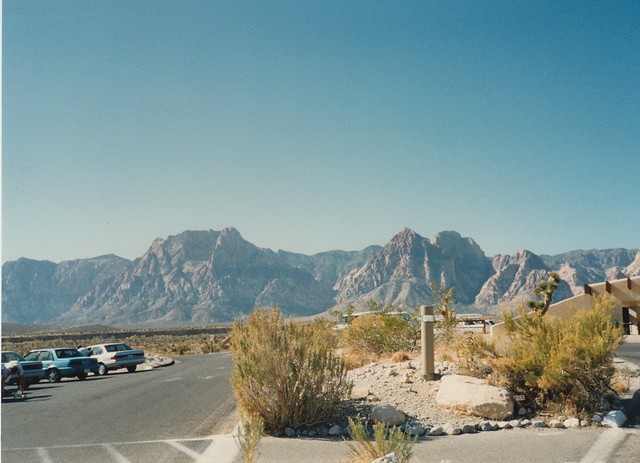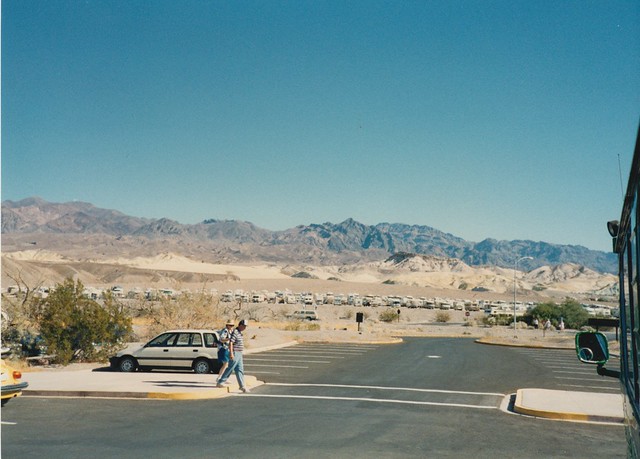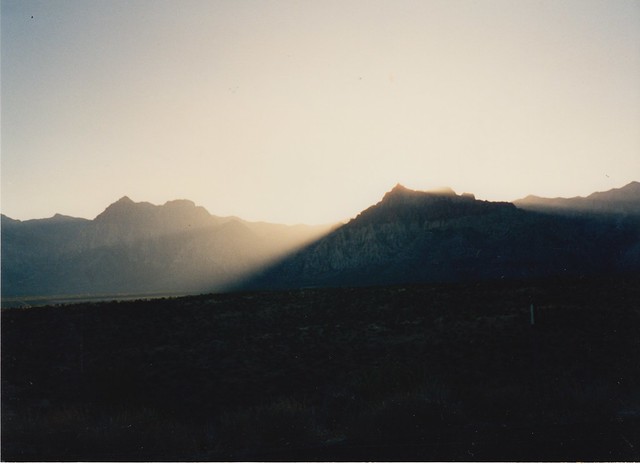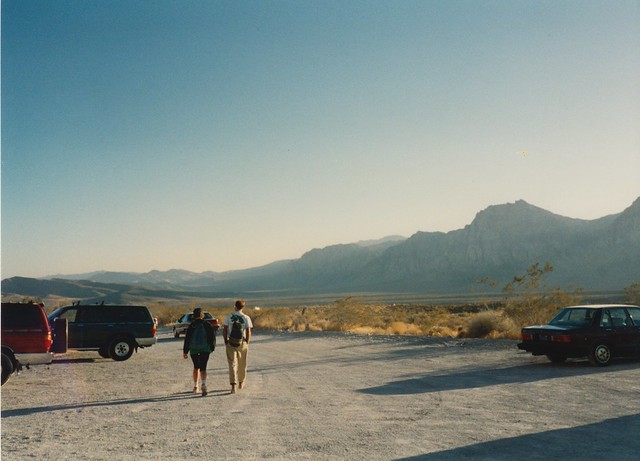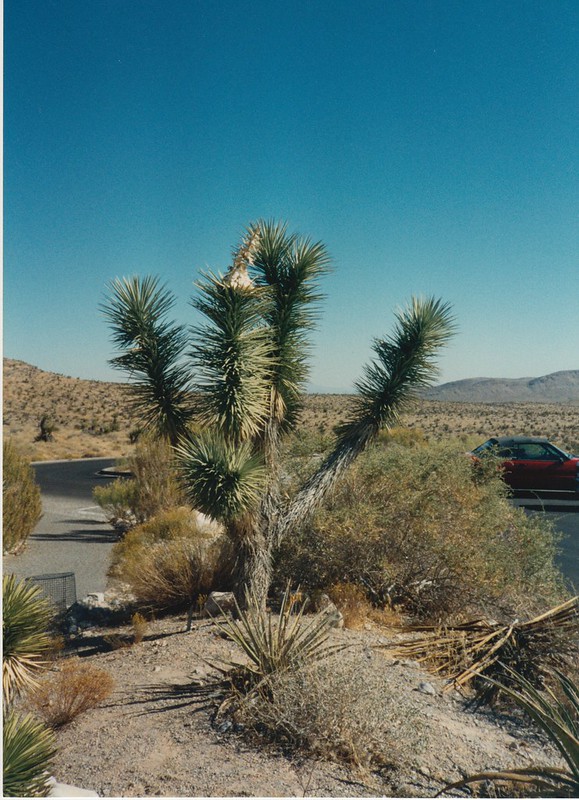View Larger Map
An accumulation of photos from Terry Schrunk Plaza, on 3rd avenue downtown across from the federal building. It's next door to the Plaza Blocks (Chapman and Lownsdale Squares) and looks like just another city park. But it turns out to be federal property, as it sits on top of the federal building's parking garage. More precisely, the park belongs to the General Services Administration's Public Buildings Service, and it's policed by the Federal Protective Service, part of the Homeland Security department. It would be interesting to see a list of GSA-run parks across the country, but so far I haven't encountered one.
The city vs. federal distinction usually doesn't matter a lot, but it came up during last year's Occupy Portland protests. The city temporarily tolerated campers in the two Plaza Blocks, but the feds absolutely prohibited anyone from camping overnight in Terry Schrunk Plaza, and people who tried were swiftly evicted.
This is a role reversal from the late, lamented pre-9/11 era, when the park was actually a favored spot for political rallies and marches. I'm not sure whether that was due to more lenient federal rules about protests, or just because the park's bowl amphitheater was a good place for speakers with megaphones.
The city vs. federal confusion is furthered by the fact that the park's named for a Portland mayor. And not just any mayor, but one who was investigated (but never indicted) by the feds on corruption charges. I suppose this is the sort of thing one does in this city, purely for the irony points.
The park also contains a display from Suzhou, China, a Portland sister city, which features a large Taihu rock. Prior to the rock's arrival, the park used to host the city's Liberty Bell replica, which now sits at the 4th Avenue entrance to city hall, just across the street. Incidentally, the current bell replaces a previous one that was destroyed in the still-unsolved 1970 Liberty Bell bombing.
Of a more Federal nature, the park has a very small plaque honoring Vietnam veterans, erected in 1974 when putting up a memorial of any size would have been rather unpopular here. (Although that was the same year the Hollywood District's veterans memorial flagpole went up.) There's also an Oklahoma City bombing memorial inscribed on stone from the Murrah federal building, and a very small memorial along with a tree honoring a few federal law enforcement officers who died in the line of duty.
The park actually opened in 1975, so I'm not sure whether the Vietnam plaque was moved from somewhere else, or whether it was added during construction. The Oregonian published an artist's conception for "Federal Plaza" as early as 1972, so it's possible there were construction delays. According to that image, even though it was the 1970s, and it certainly looks the part, the park's amphitheater was never intended to serve as a groovy federal jacuzzi. Although that's an urban legend I'd really like to spread around, if you feel like helping me out here. The park got its first big test less than a year after opening when it hosted a huge (for the time) Jimmy Carter campaign rally.
A very utilitarian sign gives the official name as "Terry Schrunk Federal Plaza", and instructs the viewer to contact Homeland Security's "Denver MegaCenter" about any security concerns. That page insists said MegaCenter is simply an alarm-monitoring facility. Maybe that's really all it is, and they picked a strange Orwellian-sounding name just because someone thought it sounded cool. Maybe if your project doesn't sound scary it doesn't get funded. Dunno.
On a more cheerful note, the park does have some great flowers in the springtime. The area around the amphitheater includes a stand of flowering cherry trees, and the southern end of the park is full of enormous rhododendron and azalea bushes. I have a few photos of each here, and I'm fairly certain that a lot of photos posted under artsy yet generic names like "azaleas (white)" or "april rhododendrons (iii)" were actually taken here, but I only took close ups and neglected to keep track of where they were from. Oh well. If I take more next year and remember where they're from, and upload them to the right Flickr photoset, they'll automatically show up in the slideshow you see above. Unless you're an iOS user or otherwise don't have Flash installed for some reason, in which case you're out of luck, at least until Flickr's Yahoo overlords catch wind of this shiny new HTML5 thing the cool kids keep talking about. That may take years, and then I'd probably have to go back and fix all the slideshows in all my old posts, which could take additional months depending on how motivated I'm feeling about it.
